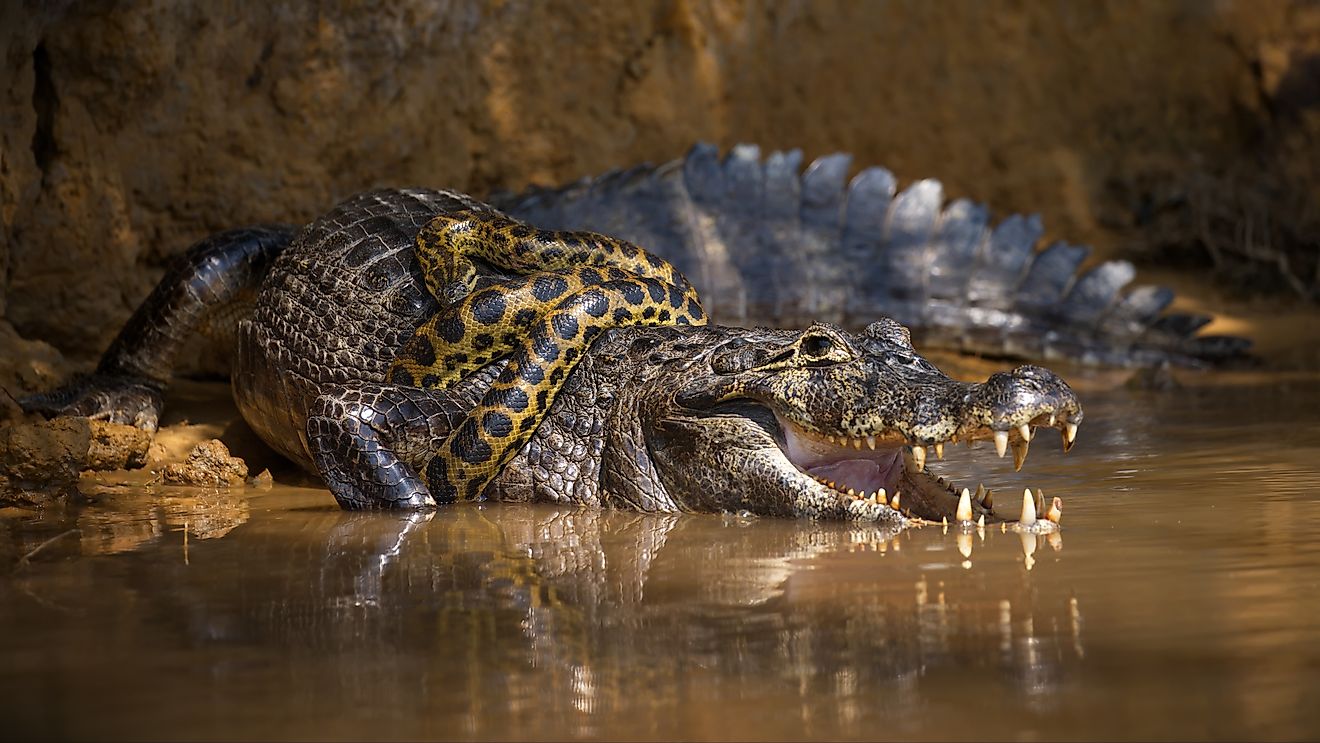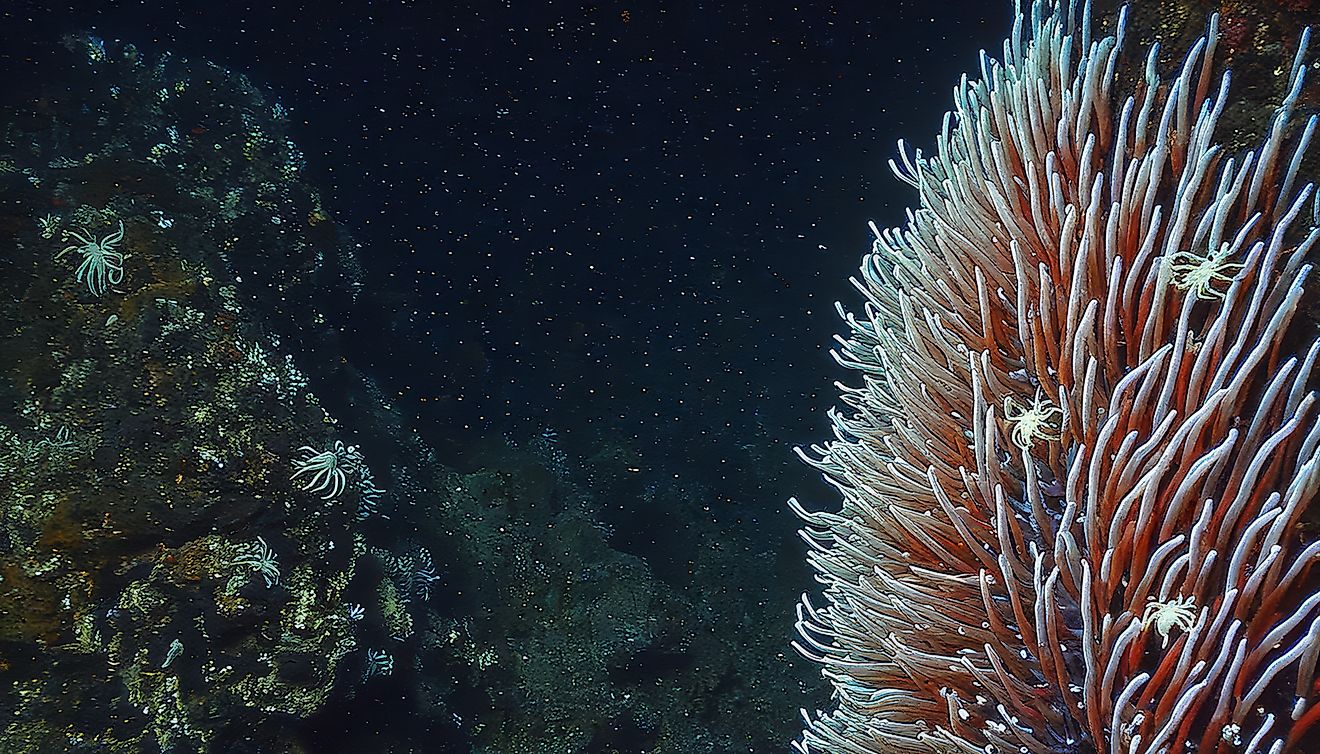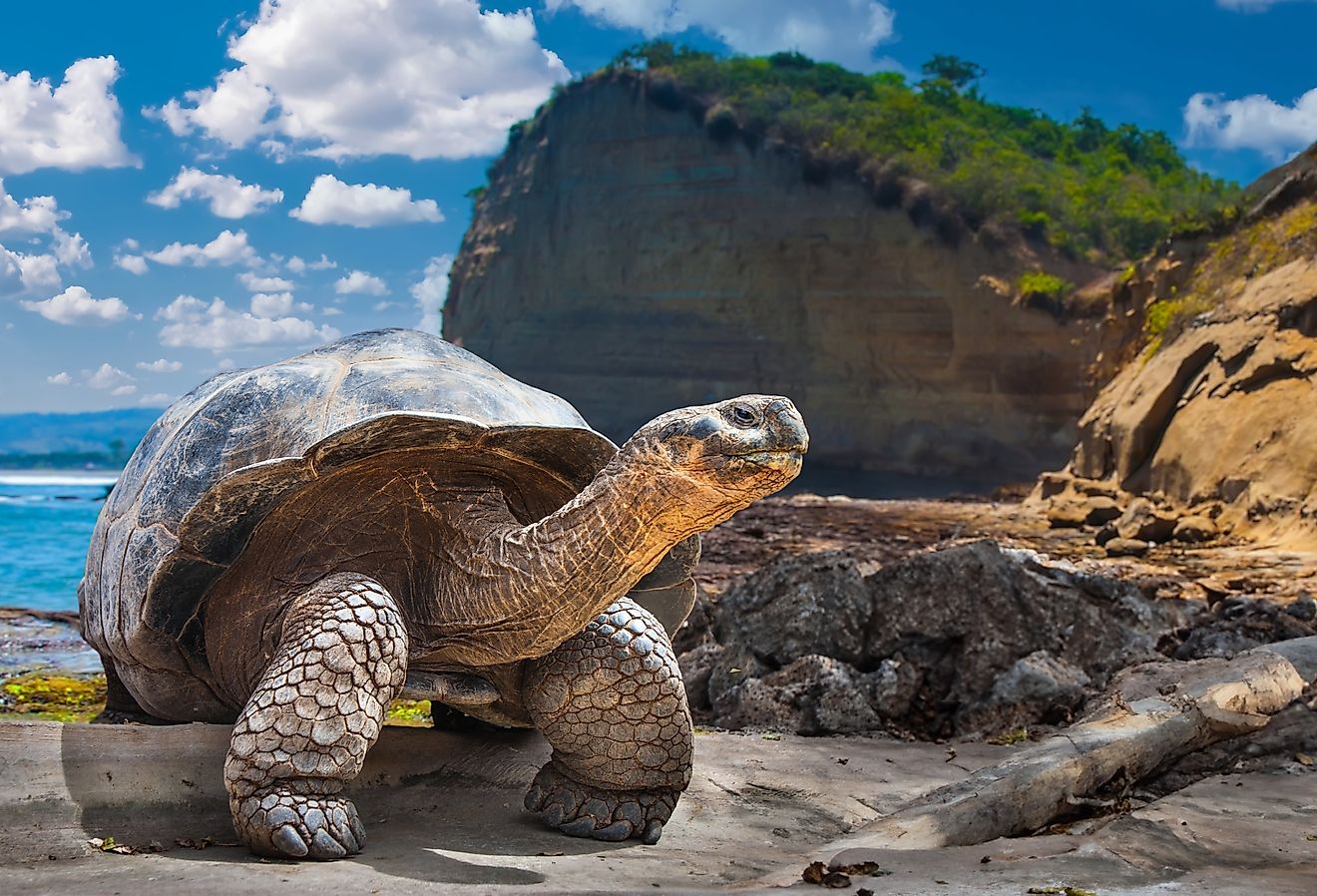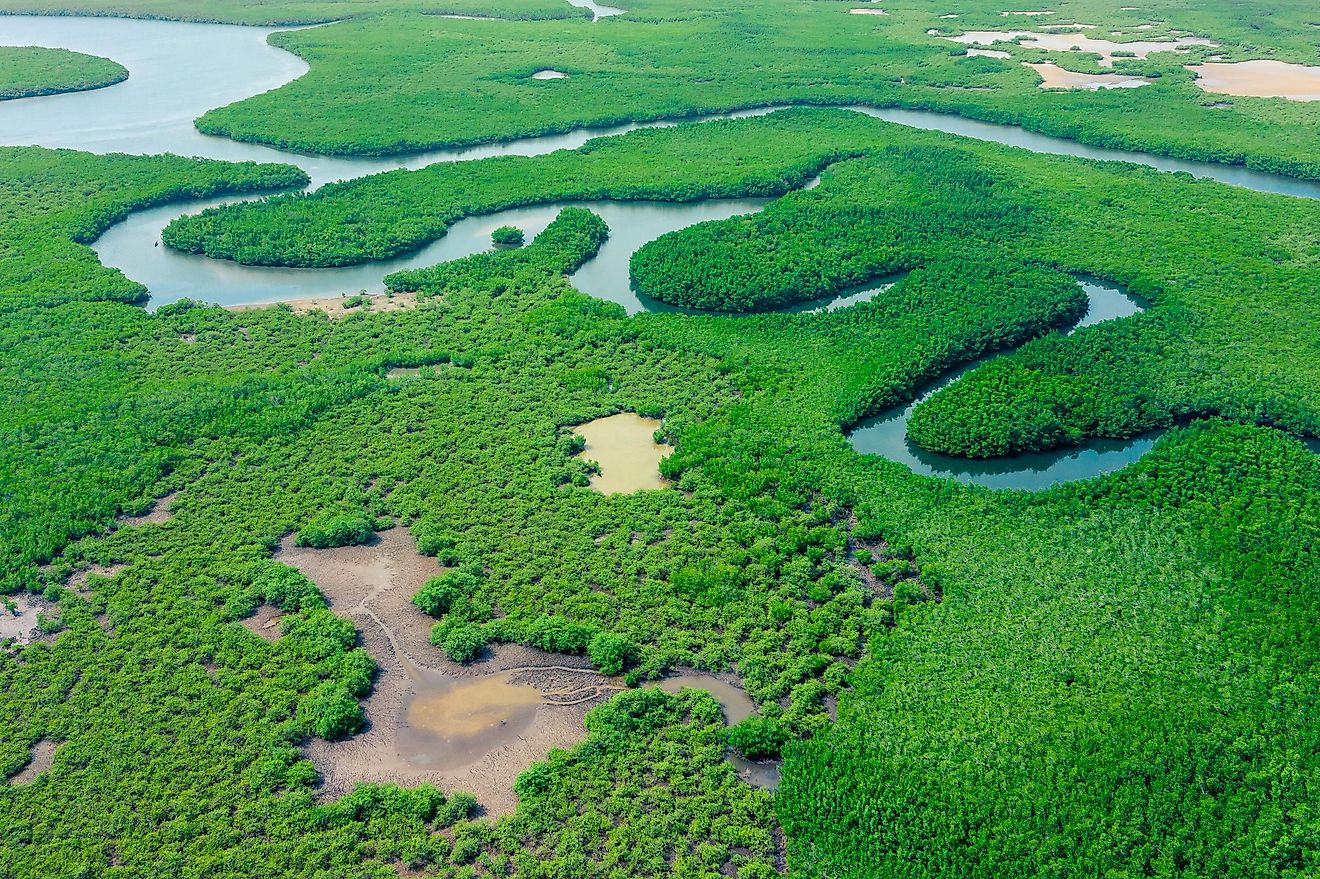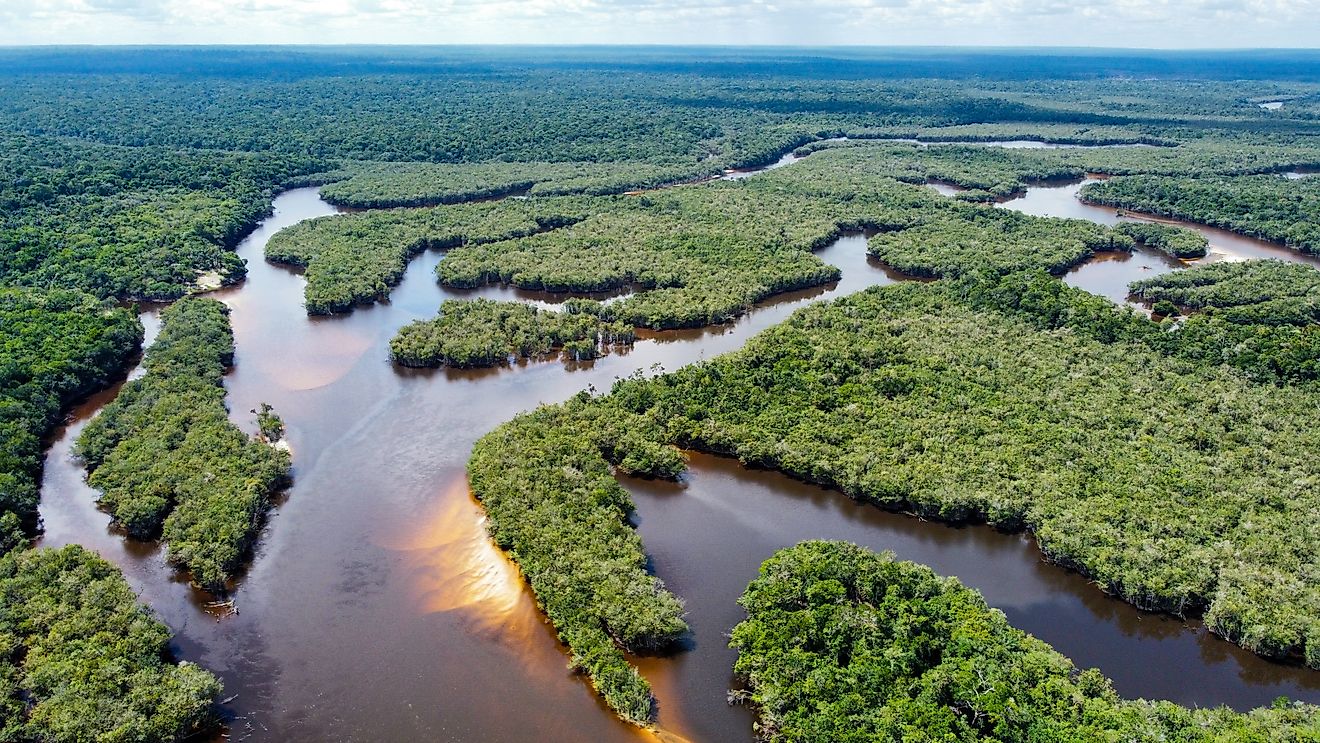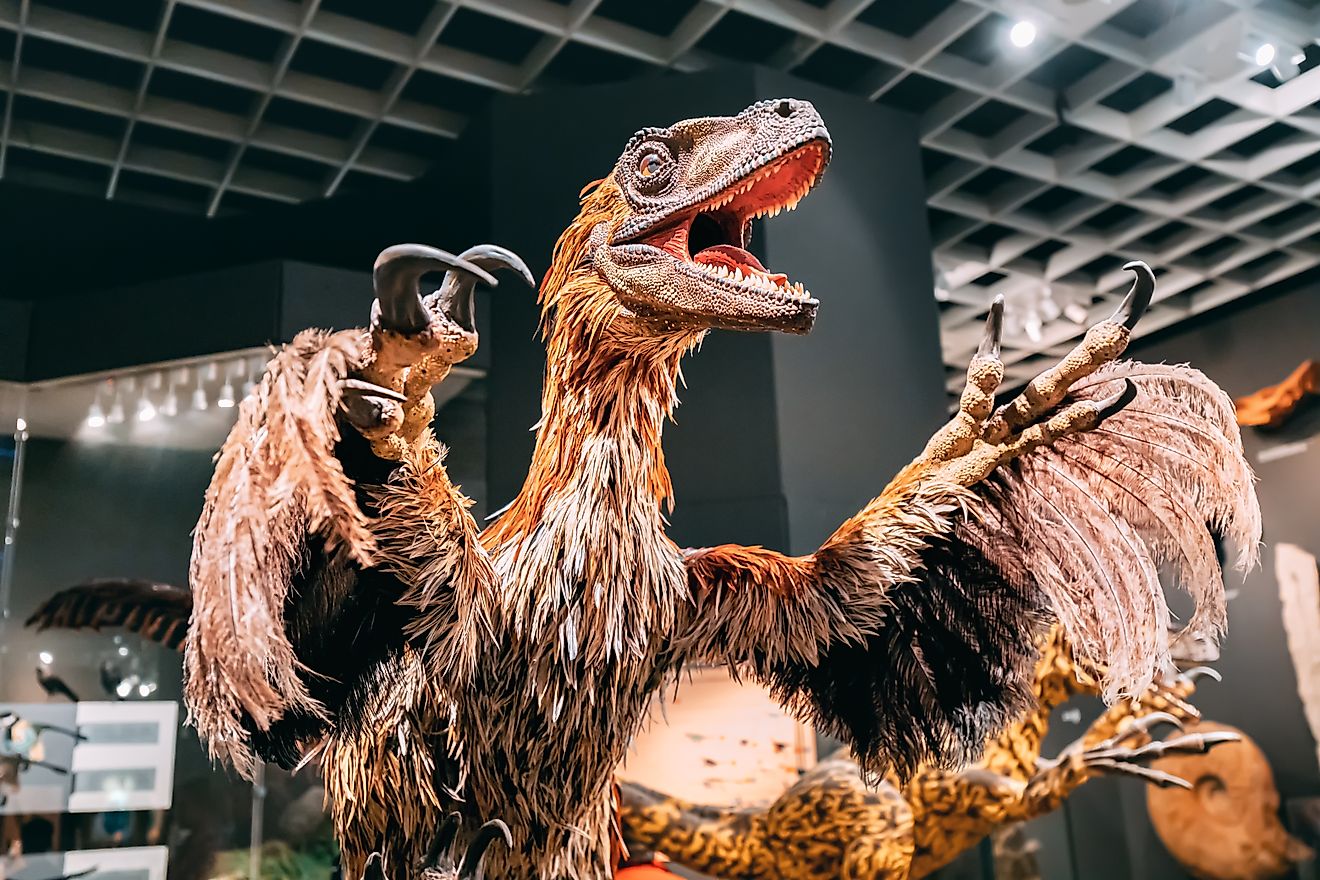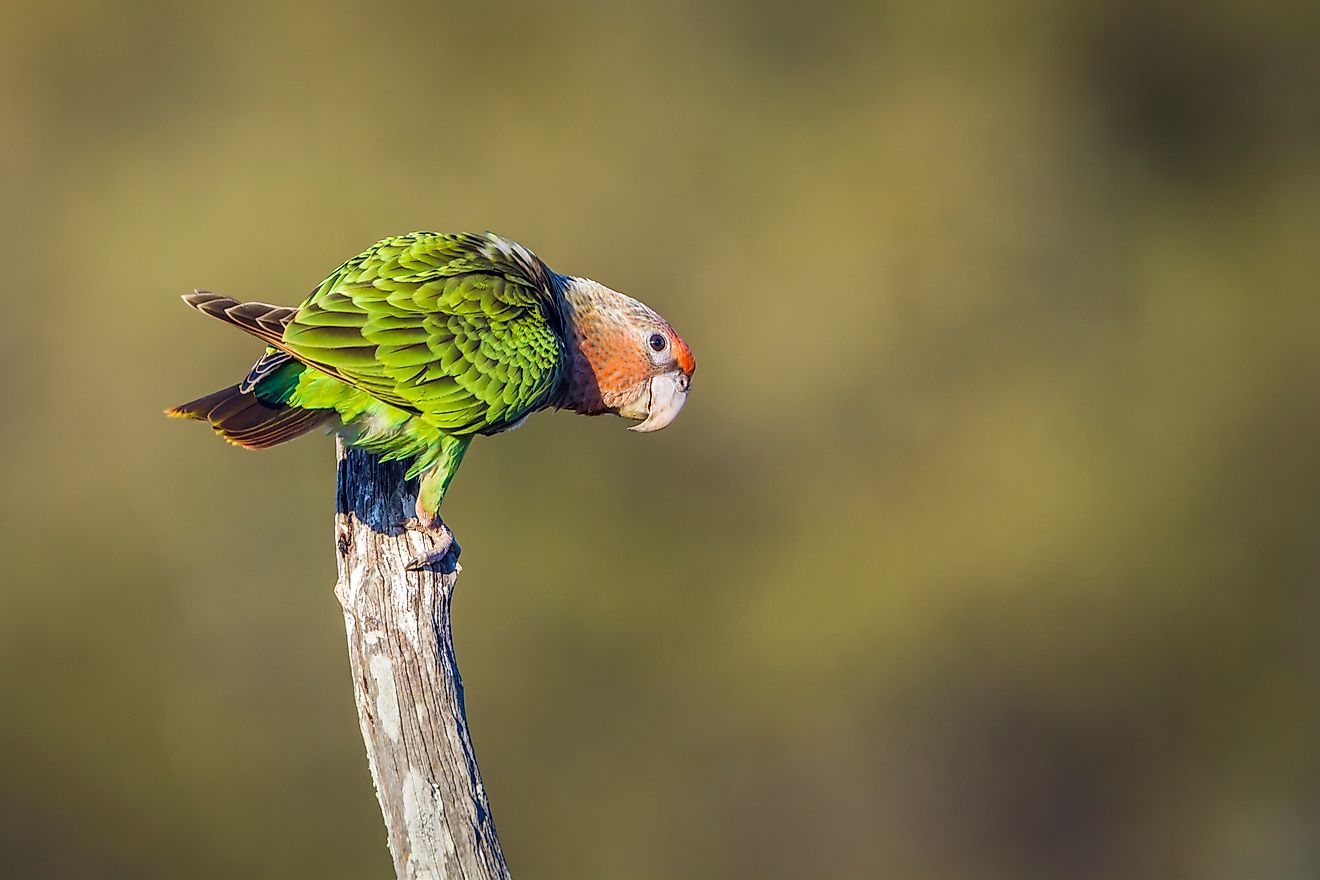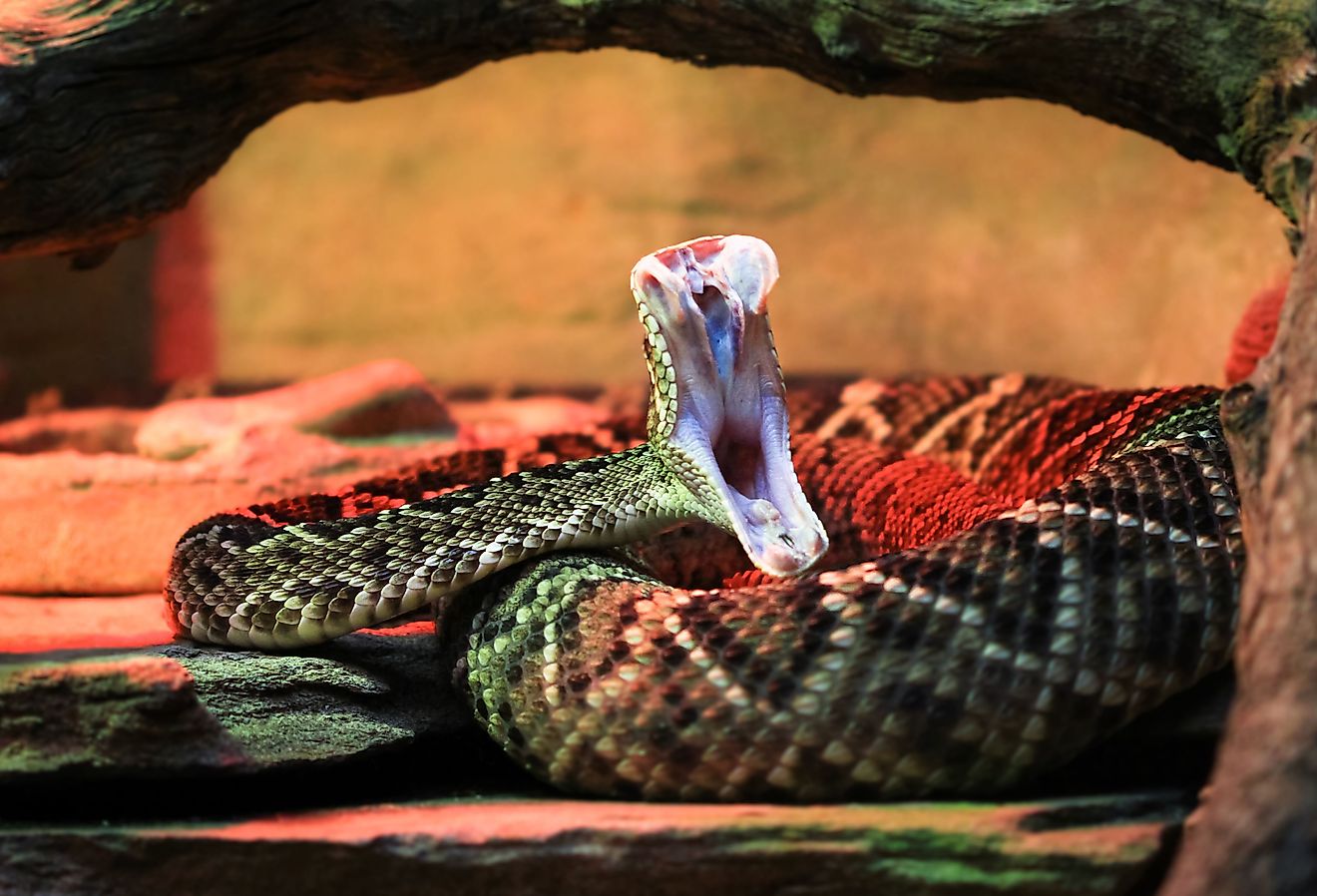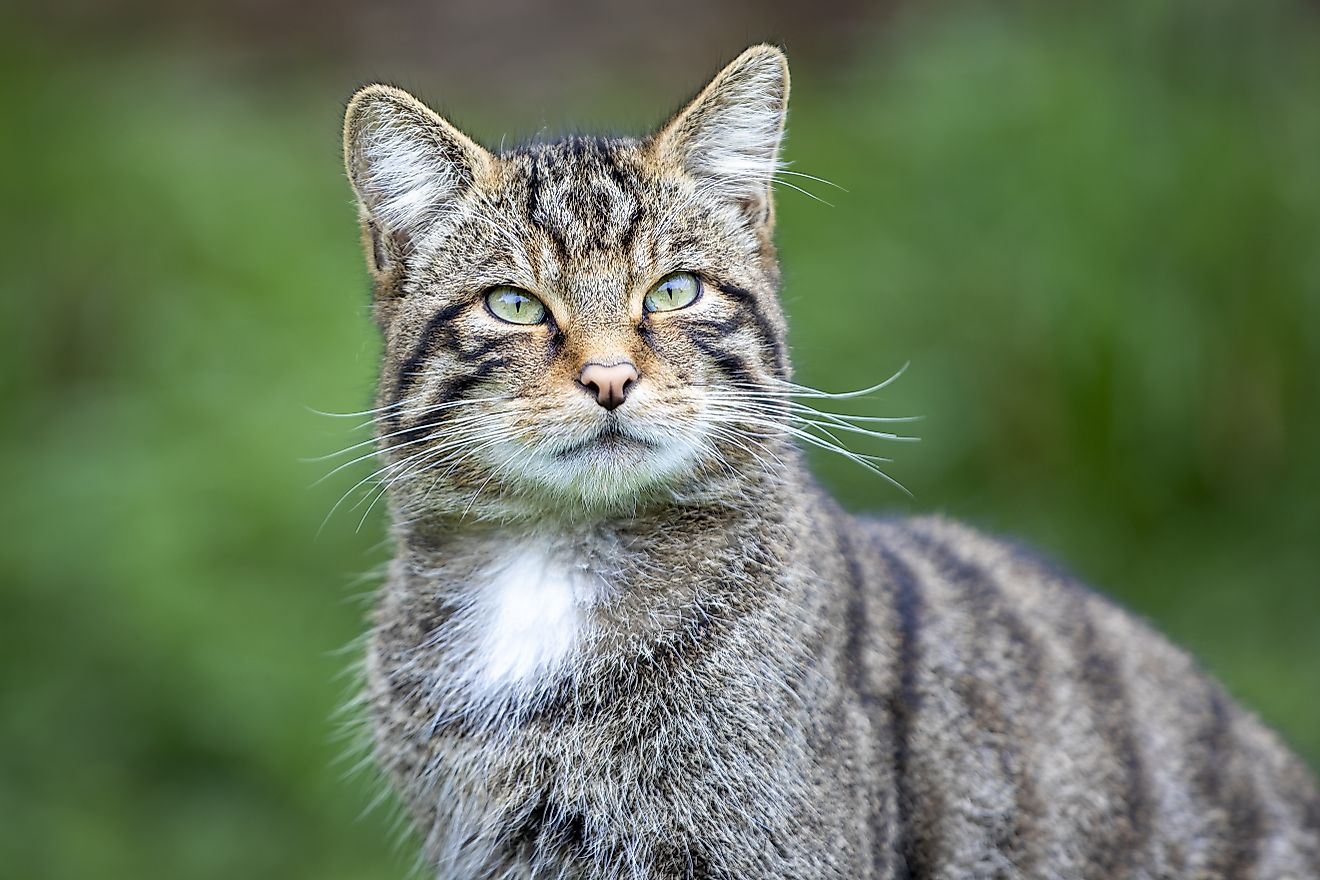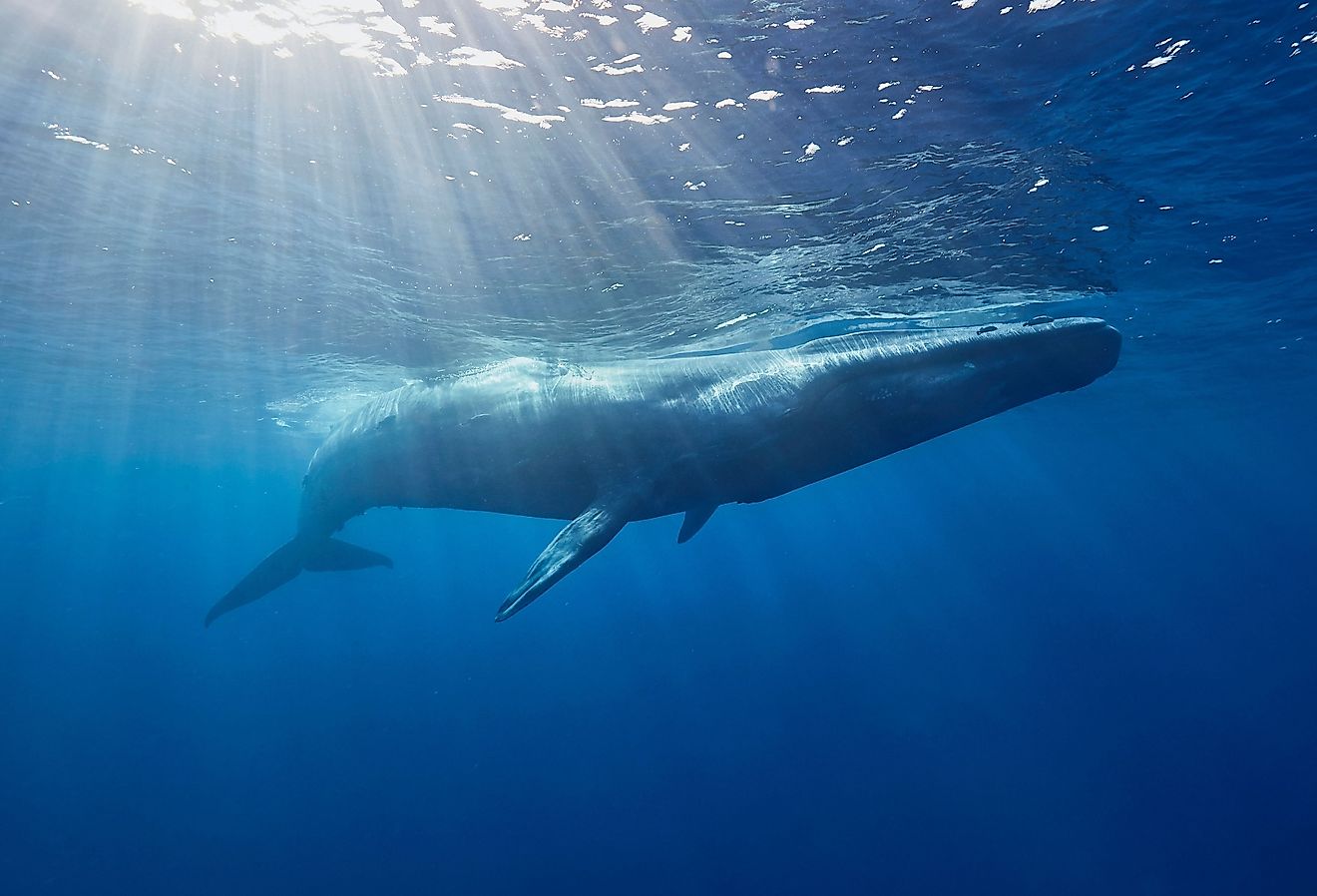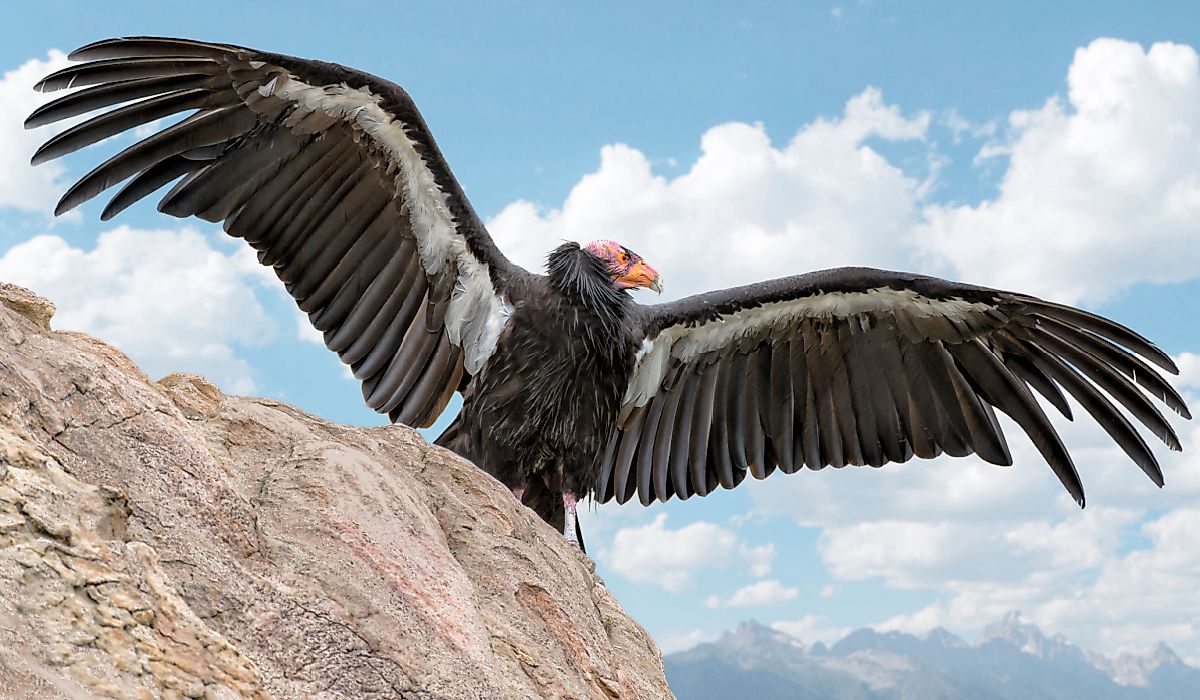
4 Endangered Animals Fighting For Survival In California
A canine hunter, a delicate damselfly, a bird of prey, and a hopping rodent. What do these incredible creatures have in common? They are all fighting for their lives on California’s endangered species list.
There are around 250 species covered by the California Endangered Species Act, meaning that they can't be killed, possessed, purchased, or sold without authorization. The California Department of Fish and Wildlife (CDFW) regularly reviews the endangered species list and works with other conservation partners to protect these dwindling flora and fauna. Below, we look at four of the most endangered animals in California, and the efforts being made to boost their populations so they don’t disappear from the state.
Gray Wolf
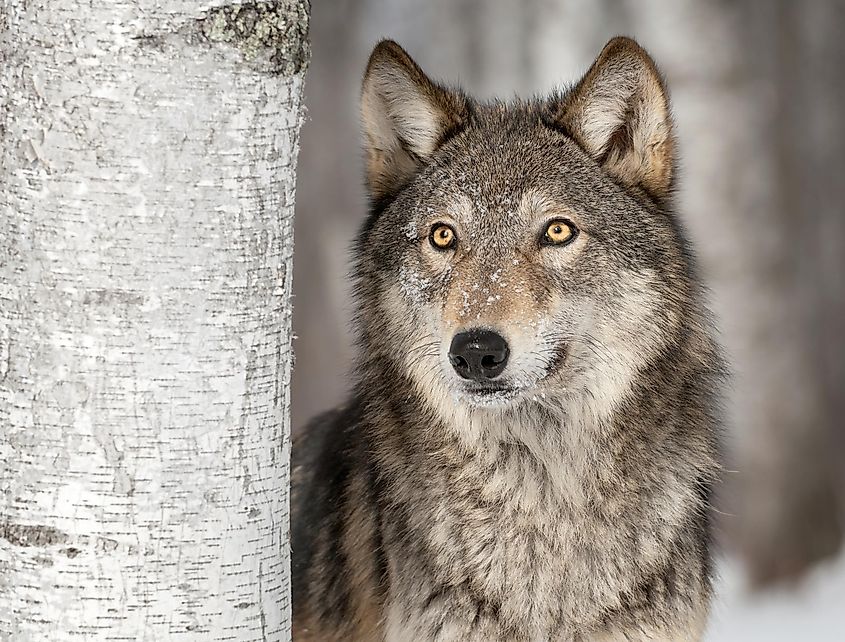
The Gray Wolf is notoriously nomadic and can adapt to almost any habitat, roaming new territories as it moves to breed and find food. They have a large range throughout North America and are plentiful in states like Montana and Wyoming. In California, it’s a different story.
During the 1800s, wolves were reported in Central Valley, the western Sierra Nevada mountains, and coastal areas, but by 1920, they had been hunted and killed to the point of extirpation. Pushed out of the state, the predators stayed away until 2011 when researchers were able to track a gray wolf from Oregon who made the journey south to become the first documented wolf in California in almost a century.
There are now seven documented wolf packs in California. The CDFW established the Conservation Plan for Gray Wolves in California in 2016 to track and monitor these packs. A central focus of their efforts is minimizing human and wolf interactions, working with agricultural groups to keep wolves away from livestock and from disrupting farming activity. The CDFW also asks the public to report any wolf sightings so they can learn their disruption and whether there are roaming individuals outside of the known packs.
San Francisco Forktail Damselfly
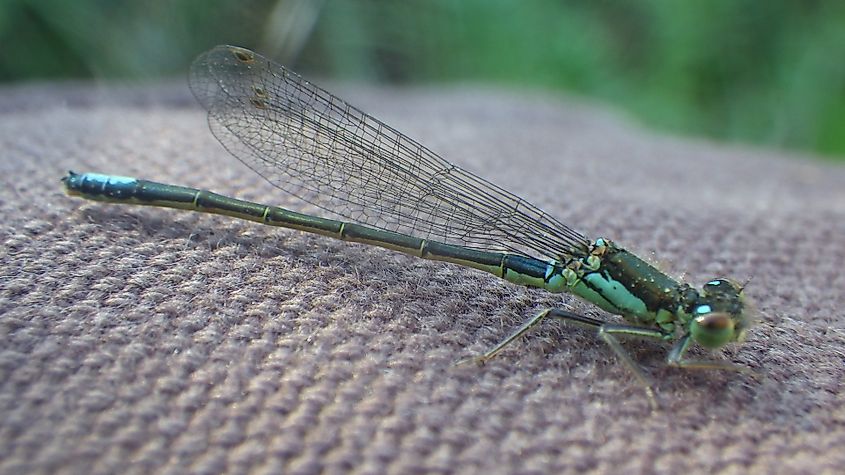
The San Francisco Forktail Damselfly is one of the rarest bugs of its kind in North America. It’s also one of the most striking, with shimmery black, blue, gold, and green coloring. primarily found in San Francisco's Presidio, including Mountain Lake and Fort Point, this delicate insect loves foggy, coastal environments. Sadly, warming temperatures, drought, and the eradication of its wetland breeding grounds decimated native populations, and they were on the verge of extinction before a breeding program at San Francisco Zoo helped bolster native populations.
In addition to breeding the damselflies, scientists at the zoo also focused on researching the causes of population decline and how to protect and expand habitats, and the Presidio Trust helped raise awareness among local communities. The released damselflies bred by the zoo in captivity show signs of establishing self-sustaining populations, and conservationists are optimistic about their future.
Giant Kangaroo Rat
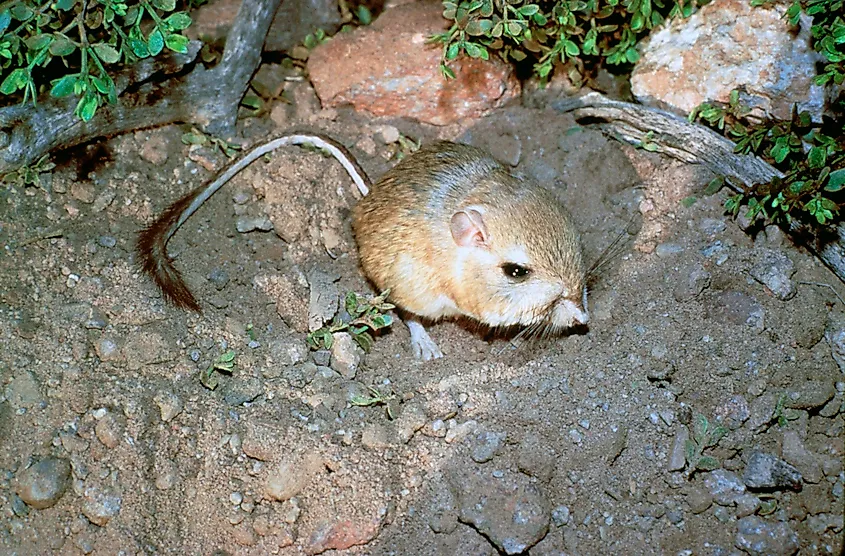
The Giant Kangaroo Rat is endemic to California. It lives in the arid San Joaquin Valley and nearby foothills, preferring sandy slopes covered with grass and desert shrubs.
These large rodents can grow to around 13 inches long and got their name from their unusual habit of hopping around on their strong rear legs. They also have large cheek pouches that they fill with seeds when foraging.
The biggest threats to kangaroo rats are habitat loss as their areas are taken over by urban development, infrastructure construction, and oil and mineral exploration. They are also affected by rodenticide use and land management practices that degrade their habitat.
The Nature Conservancy has been working to restore sections of the San Joaquin Valley where the kangaroo rat lives. Working with other conservation partners, the group helped protect a 250,000-acre site that is now part of the Carrizo Plain National Monument, a key research site where the rats are being monitored and studied.
California Condor
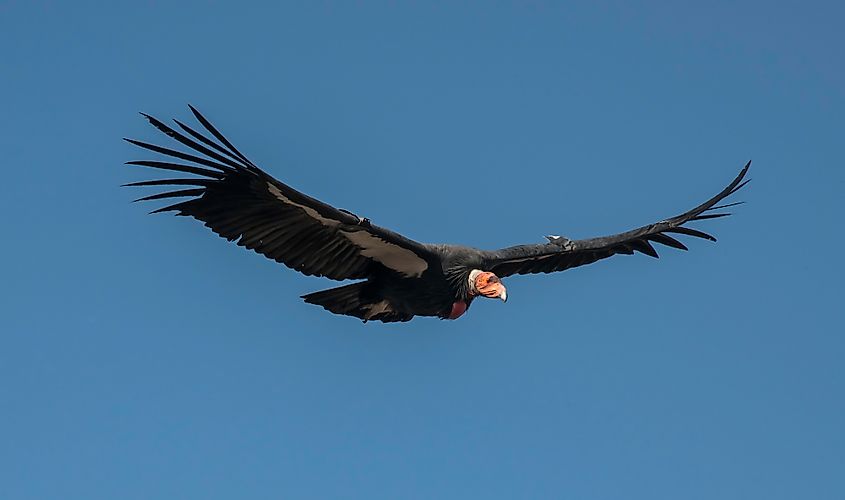
The impressive California Condor is a record-breaker. Not only is it the largest flying bird in North America, it’s also one of the longest living, with a lifespan of over 60 years. Similar to vultures, they feed on carrion and nest in remote areas. In California, you’re most likely to see them around the Big Sur coast or Pinnacles National Park.
These soaring scavengers are slow to reproduce, laying only one egg and nursing the chick for more than a year. This low reproduction rate, combined with threats like lead poisoning from ingesting bullet fragments, has devastated populations. Illegal shooting was also a historic threat.
California Condors would not have survived without help from humans. They’ve been protected under federal law since 1967, and in 1980, a major conservation project was launched to track the birds through radio transmitters. Wild eggs were also collected and hatched at the Los Angeles Zoo and San Diego Wild Animal Park to ensure their survival. In 1987, the wild population had declined so much that scientists took the drastic step of relocating all remaining condors into breeding facilities. At that point, there were just 27 California Condors left in the world. By the early 1990s, the captive condors had produced more than 100 eggs, and a phased release program was introduced to gradually reintroduce them to the wild. In 2006, the birds hit an important conservation milestone — the first nesting in central California by free-flying condors in over 100 years. Today, there are over 300 wild California Condors in the U.S., with more in managed care.
California Conservation
California is an incredible natural playground of rugged cliffs, wide beaches, sheltered bays, towering mountains, arid deserts, and lush valleys. It’s paradise for nature-lovers and outdoor adventurers. But long before visitors came to explore and experience, the land was teeming with wildlife in its rich marine and terrestrial ecosystems. Many of those species still inhabit the state today, but some are struggling. Reporting wildlife, leaving no trace, and being a responsible steward of the environment can help these special California residents survive, so we can happily coexist and enjoy the beautiful Golden State together.
